![Top 12 Best Web Development Projects for All Techies [With Source Code] 1 Post thumbnail](https://www.guvi.in/blog/wp-content/uploads/2023/08/Feature-Image.webp)
Top 12 Best Web Development Projects for All Techies [With Source Code]
Jul 04, 2025 4 Min Read 7101 Views
(Last Updated)
Looking for your final year college project? Or do you wish to make an extra shiny web development portfolio to impress your interviewers? Whatever the reason, you’ve come to the right place!
And, not to mention that with over 1.7 billion websites on the internet, the demand for talented web developers has been steadily escalating, so job prospects are in abundance, with a certain lack of skilled professionals who have work they can show at job interviews.
So, whether you’re an absolute beginner or a little expert, honing your skills through hands-on projects is essential to stand out in this competitive field, and that’s what we’ll be discussing at length in this exciting article!
Table of contents
- Top 12 Best Web Development Projects for All Techies [With Source Code]
- One-Page Responsive Layout
- Product Landing Page
- Netflix Home Page Clone
- Background Generator Tool
- Quiz Application
- Temperature Converter Website
- Restaurant Website
- Personal Portfolio Website
- Task Management System
- Mock E-Commerce Website
- Blogging Platform
- Real-Time Chat Application
- Conclusion
- FAQs
- What are some good web development projects for beginners?
- How long does it typically take to complete a web development project?
- What technologies should I learn for web development projects?
- How do I deploy my web development project?
- How can I improve the performance of my web development projects?
Top 12 Best Web Development Projects for All Techies [With Source Code]
![Top 12 Best Web Development Projects for All Techies [With Source Code] 2 Top 12 Best Web Development Projects for All Techies [With Source Code]](https://www.guvi.in/blog/wp-content/uploads/2025/04/01@2x-1200x630.webp)
This list of web development projects is perfect for beginners and intermediate developers looking to build practical skills through hands-on experience.
From simple one-page layouts to advanced full-stack applications, each project includes clear objectives, the recommended tech stack, deployment strategies, and direct access to source code to help you build with confidence. Let us see more about these web development projects:
1. One-Page Responsive Layout
![Top 12 Best Web Development Projects for All Techies [With Source Code] 3 One-Page Responsive Layout](https://www.guvi.in/blog/wp-content/uploads/2025/04/02@2x-1200x630.webp)
This beginner-friendly project helps you create a beautiful, mobile-responsive, single-page website using only HTML and CSS. It’s the perfect starting point to understand layout structuring and responsive design techniques.
Duration: 1–2 days
Project Complexity: Beginner
Technology Stack: HTML, CSS (Flexbox, Media Queries)
Security Requirements: None
Learning Outcome: Learn semantic HTML, layout structuring, and responsive design practices.
APIs and Integrations: None
Deployment Strategy: Host on GitHub Pages or Netlify with a custom domain if desired.
Source Code: One-Page Responsive Layout
2. Product Landing Page
![Top 12 Best Web Development Projects for All Techies [With Source Code] 4 Product Landing Page](https://www.guvi.in/blog/wp-content/uploads/2025/04/03@2x-1200x630.webp)
Design a promotional landing page for a product or service, focusing on layout, sections, and visuals. This project improves your front-end skills by teaching component alignment, visual hierarchy, and design consistency.
Duration: 2–3 days
Project Complexity: Beginner
Technology Stack: HTML, CSS
Security Requirements: None
Learning Outcome: Understand layout grids, section-based design, typography, and visual hierarchy.
APIs and Integrations: Optional for testimonial sliders (like Swiper.js)
Deployment Strategy: Use Netlify or GitHub Pages for deployment with auto-redeploy on Git push.
Source Code: Product Landing Page
3. Netflix Home Page Clone
![Top 12 Best Web Development Projects for All Techies [With Source Code] 5 Netflix Home Page Clone](https://www.guvi.in/blog/wp-content/uploads/2025/04/04@2x-1200x630.webp)
Recreate Netflix’s homepage UI to understand advanced layout techniques and positioning. It’s a fun way to practice CSS Grid, flex layouts, and responsive navigation structures.
Duration: 4–5 days
Project Complexity: Intermediate
Technology Stack: HTML, CSS, JavaScript
Security Requirements: None
Learning Outcome: Master CSS Grid, positioning, z-index management, and responsive sections.
APIs and Integrations: TMDB API (optional, for dynamic movie content)
Deployment Strategy: Deploy to Netlify with animations optimized for performance.
Source Code: Netflix Clone
4. Background Generator Tool
![Top 12 Best Web Development Projects for All Techies [With Source Code] 6 Background Generator Tool](https://www.guvi.in/blog/wp-content/uploads/2025/04/05@2x-1200x630.webp)
Build a simple gradient background generator that lets users select colors and instantly preview the result. It’s a great JavaScript project for learning DOM manipulation and real-time style updates.
Duration: 1 day
Project Complexity: Beginner
Technology Stack: HTML, CSS, JavaScript
Security Requirements: None
Learning Outcome: Learn to manipulate the DOM, capture user input, and update styles dynamically.
APIs and Integrations: None
Deployment Strategy: GitHub Pages or CodePen for instant sharing
Source Code: Background Generator Tool
5. Quiz Application
![Top 12 Best Web Development Projects for All Techies [With Source Code] 7 Quiz Application](https://www.guvi.in/blog/wp-content/uploads/2025/04/06@2x-1200x630.webp)
Create an interactive quiz app that displays questions, validates answers, and tracks scores. This project strengthens your JavaScript logic, user input handling, and condition-based rendering.
Duration: 3–4 days
Project Complexity: Intermediate
Technology Stack: HTML, CSS, JavaScript
Security Requirements: Input validation for cleaner user interaction
Learning Outcome: Master conditional rendering, scoring logic, and user input handling
APIs and Integrations: Optional: Use Open Trivia DB for dynamic questions
Deployment Strategy: Deploy to Firebase or GitHub Pages
Source Code: Quiz Application
6. Temperature Converter Website
![Top 12 Best Web Development Projects for All Techies [With Source Code] 8 Temperature Converter Website](https://www.guvi.in/blog/wp-content/uploads/2025/04/07@2x-1200x630.webp)
Design a simple converter that transforms temperatures between Celsius and Fahrenheit. It helps you master form handling, mathematical logic, and dynamic content updates using JavaScript.
Duration: 1–2 days
Project Complexity: Beginner
Technology Stack: HTML, CSS, JavaScript
Security Requirements: Input validation to restrict non-numeric entries
Learning Outcome: Understand form handling, mathematical functions, and dynamic result updates
APIs and Integrations: None
Deployment Strategy: Use GitHub Pages or Netlify for a simple 1-click deployment
Source Code: Temperature Converter
7. Restaurant Website
![Top 12 Best Web Development Projects for All Techies [With Source Code] 9 Restaurant Website](https://www.guvi.in/blog/wp-content/uploads/2025/04/08@2x-1200x630.webp)
Build a modern restaurant website with sections like menu, gallery, and contact. This project teaches mobile responsiveness and visual design and gives a feel for working on real-world business websites.
Duration: 4–6 days
Project Complexity: Intermediate
Technology Stack: HTML, CSS, JavaScript
Security Requirements: Basic form validation for contact forms
Learning Outcome: Enhance your skills in responsive layout, UX flow, semantic HTML, and navigation
APIs and Integrations: Google Maps API (optional for location embed), EmailJS (for contact form)
Deployment Strategy: Netlify with responsive image compression for performance
Source Code: Restaurant Website
8. Personal Portfolio Website
![Top 12 Best Web Development Projects for All Techies [With Source Code] 10 Personal Portfolio Website](https://www.guvi.in/blog/wp-content/uploads/2025/04/09@2x-1200x630.webp)
Every developer needs a professional online presence, and this project helps you showcase your brand and skills with a fully responsive portfolio. Showcase your skills and projects with a custom-built portfolio site. It’s a must-have for every developer, focusing on personal branding, UX design, and content presentation.
Duration: 3–5 days
Project Complexity: Beginner–Intermediate
Technology Stack: HTML, CSS, JavaScript (or optionally React)
Security Requirements: None
Learning Outcome: Learn layout structure, brand design, personal storytelling, and project showcasing
APIs and Integrations: GitHub API (to auto-fetch projects or repos), Contact form integration (Formspree)
Deployment Strategy: GitHub Pages, Netlify, or Vercel
Source Code: Personal Portfolio Website
9. Task Management System
Create a to-do or task-tracking app where users can add, edit, and prioritize tasks. This project teaches you how to handle CRUD operations, manage user sessions, and structure a practical interface.
Duration: 5–7 days
Project Complexity: Intermediate
Technology Stack: HTML, CSS, JavaScript (or React), Firebase/Node.js
Security Requirements: User authentication (Firebase Auth or JWT)
Learning Outcome: CRUD operations, task organization, state management
APIs and Integrations: Firebase for backend/database
Deployment Strategy: Firebase Hosting or Vercel
Source Code: Task Management System
10. Mock E-Commerce Website
![Top 12 Best Web Development Projects for All Techies [With Source Code] 11 Mock E-Commerce Website](https://www.guvi.in/blog/wp-content/uploads/2025/04/11@2x-1200x630.webp)
Simulate an online store with product listings, a shopping cart, and payment processing. This project mirrors real-world e-commerce development and teaches both front-end and back-end integration.
Duration: 2–3 weeks
Project Complexity: Advanced
Technology Stack: React, Redux, Node.js, MongoDB
Security Requirements: Secure payment integration, form validation, and user data encryption
Learning Outcome: Learn large UI architecture, cart logic, routing, and backend CRUD
APIs and Integrations: Stripe or Razorpay for payment, Cloudinary for image hosting
Deployment Strategy: Frontend on Vercel, Backend on Render
Source Code: Node-React E-Commerce
11. Blogging Platform
![Top 12 Best Web Development Projects for All Techies [With Source Code] 12 Blogging Platform](https://www.guvi.in/blog/wp-content/uploads/2025/04/12@2x-1200x630.webp)
A full content management system (CMS)-style blogging app with features like user roles, posts, tags, and comment sections. Develop a content management system where users can write, edit, and manage blog posts. This full-stack project enhances your skills in authentication, SEO, and data handling.
Duration: 10–12 days
Project Complexity: Advanced
Technology Stack: MERN Stack or Django + PostgreSQL
Security Requirements: Role-based access, anti-XSS, CSRF protection
Learning Outcome: Learn database design, post-CRUD, WYSIWYG editors, and SEO-friendly routing
APIs and Integrations: Firebase or custom REST API, Cloudinary (for media)
Deployment Strategy: Full-stack deployment on Vercel and Render
Source Code: Blogging Platform
12. Real-Time Chat Application
![Top 12 Best Web Development Projects for All Techies [With Source Code] 13 Real-Time Chat Application](https://www.guvi.in/blog/wp-content/uploads/2025/04/13@2x-1200x630.webp)
Build a real-time messaging app with live conversations between users using WebSockets. It’s a high-impact project to learn event-driven programming and real-time client-server communication.
Duration: 7–10 days
Project Complexity: Advanced
Technology Stack: Node.js, Express.js, Socket.io, React
Security Requirements: Encrypted messages, secure socket connections, token-based auth
Learning Outcome: Real-time data flow, bidirectional communication, event handling
APIs and Integrations: WebSocket API, optionally Firebase or MongoDB for chat history
Deployment Strategy: Vercel for frontend, Heroku/Render for backend
Source Code: Real-Time Chat App
By exploring these web development project ideas, you’ll gain practical experience with web technologies and be ready to tackle more advanced concepts.
In case you want to learn more about full-stack development and how it impacts our lives, consider enrolling in GUVI’s IIT-M Pravartak-certified Full Stack Development Course that teaches you everything from scratch and equips you with all the necessary knowledge along with an industry-grade certificate!
Conclusion
In conclusion, building web development projects is a must if you want to establish a successful career in this highly competitive field. Not only do they teach you more than any teacher ever could, give you hands-on experience but also help you land great jobs!
So, roll up your sleeves, choose a project that excites you, and get started. You will encounter multiple errors before you’re done, but you will learn so much. The possibilities are endless, and your skills will continue to soar as you embark on these exciting projects.
FAQs
Beginners can start with projects like a personal portfolio website, a to-do list app, or a simple blog. These projects help in understanding the basics of HTML, CSS, and JavaScript, and provide a foundation for more complex applications.
The duration varies based on the project’s complexity. Simple websites might take a few days, while more complex applications can take several weeks or months. Effective planning and clear requirements can help in estimating timelines more accurately.
For front-end development, familiarize yourself with HTML, CSS, and JavaScript. For back-end development, languages like Python, Ruby, or PHP are common, along with databases like MySQL or MongoDB. Frameworks such as React, Angular, or Django can also be beneficial.
Deployment can be done using platforms like GitHub Pages for static sites or services like Heroku, Netlify, or Vercel for dynamic applications. These platforms offer user-friendly interfaces and documentation to guide you through the deployment process.
Optimizing images, minifying CSS and JavaScript files, leveraging browser caching, and using Content Delivery Networks (CDNs) can enhance performance. Regularly testing your website with tools like Google PageSpeed Insights can also provide actionable recommendations.

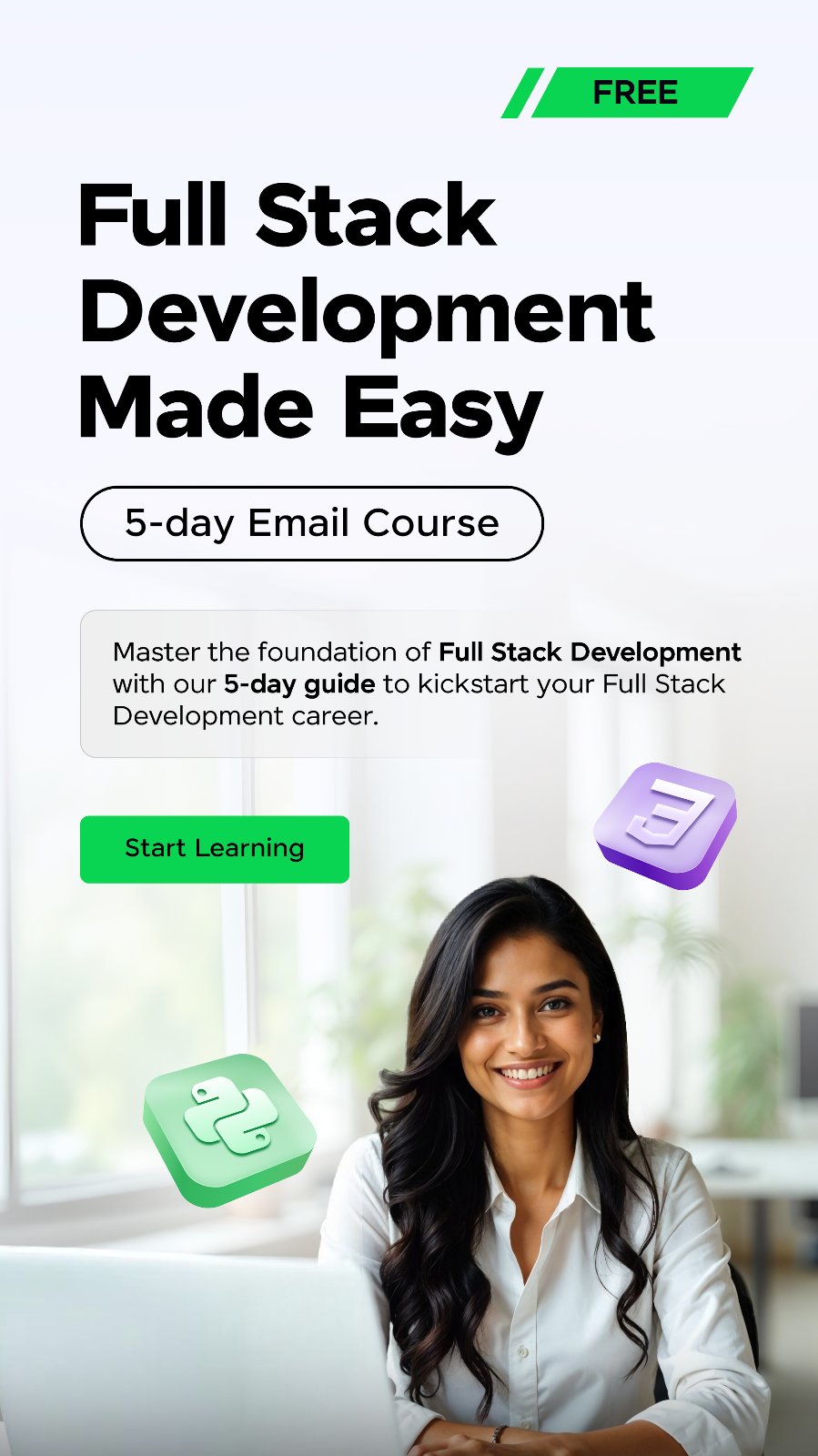
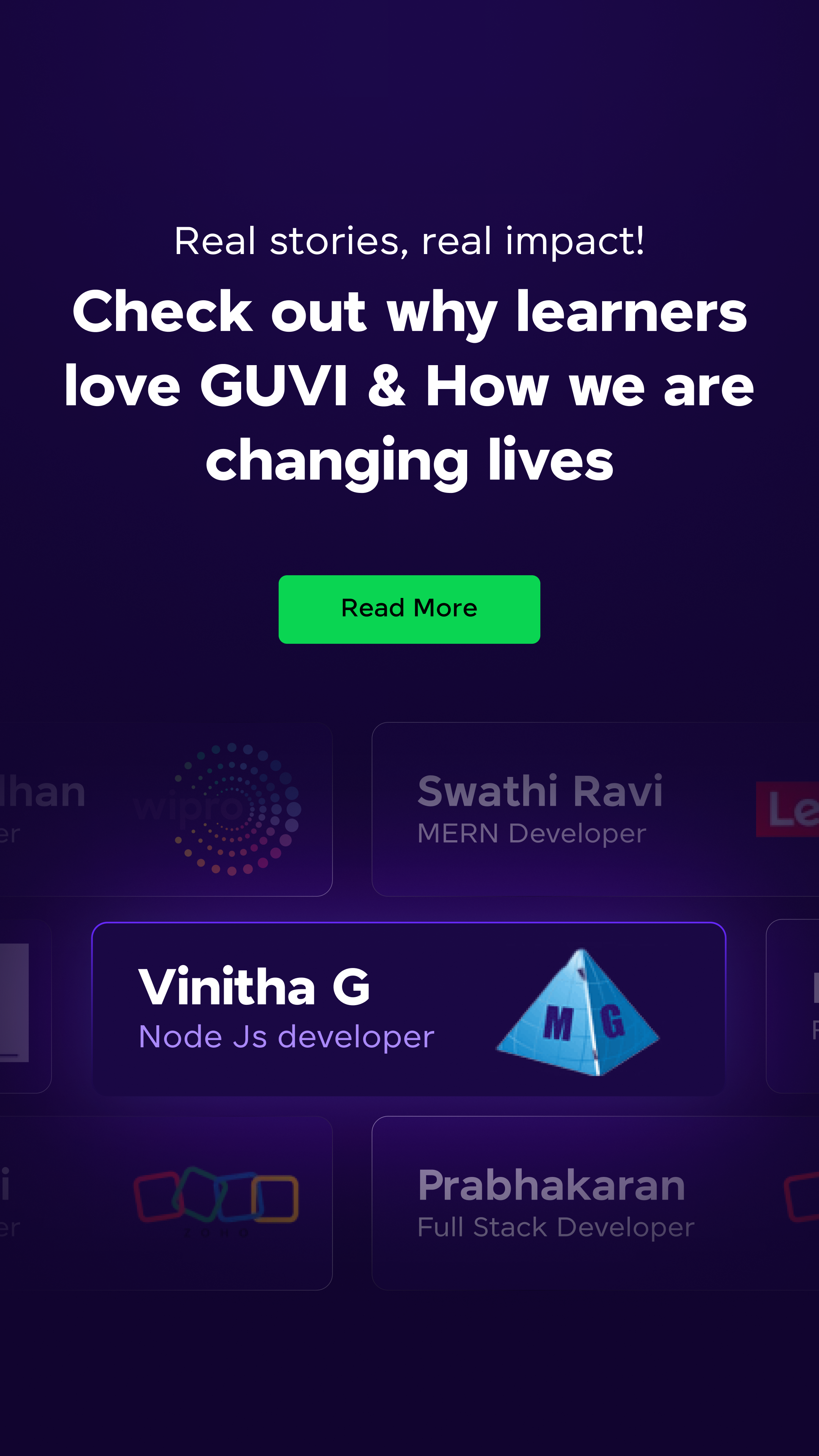


















![Top 9 AWS Projects for Beginners with Source Code [2025] 14 aws project](https://www.guvi.in/blog/wp-content/uploads/2025/07/aws-project.png)
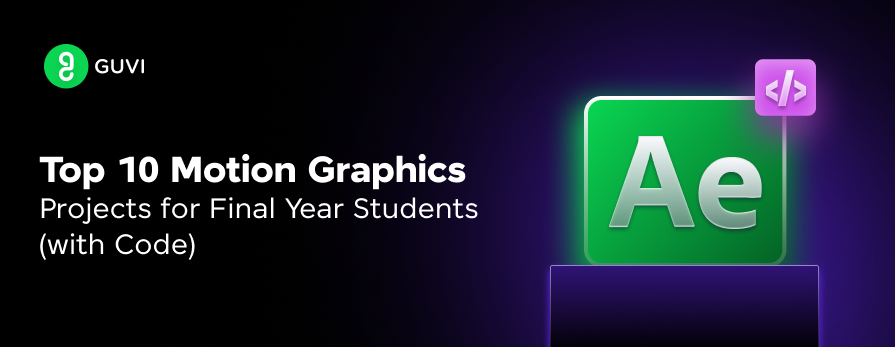
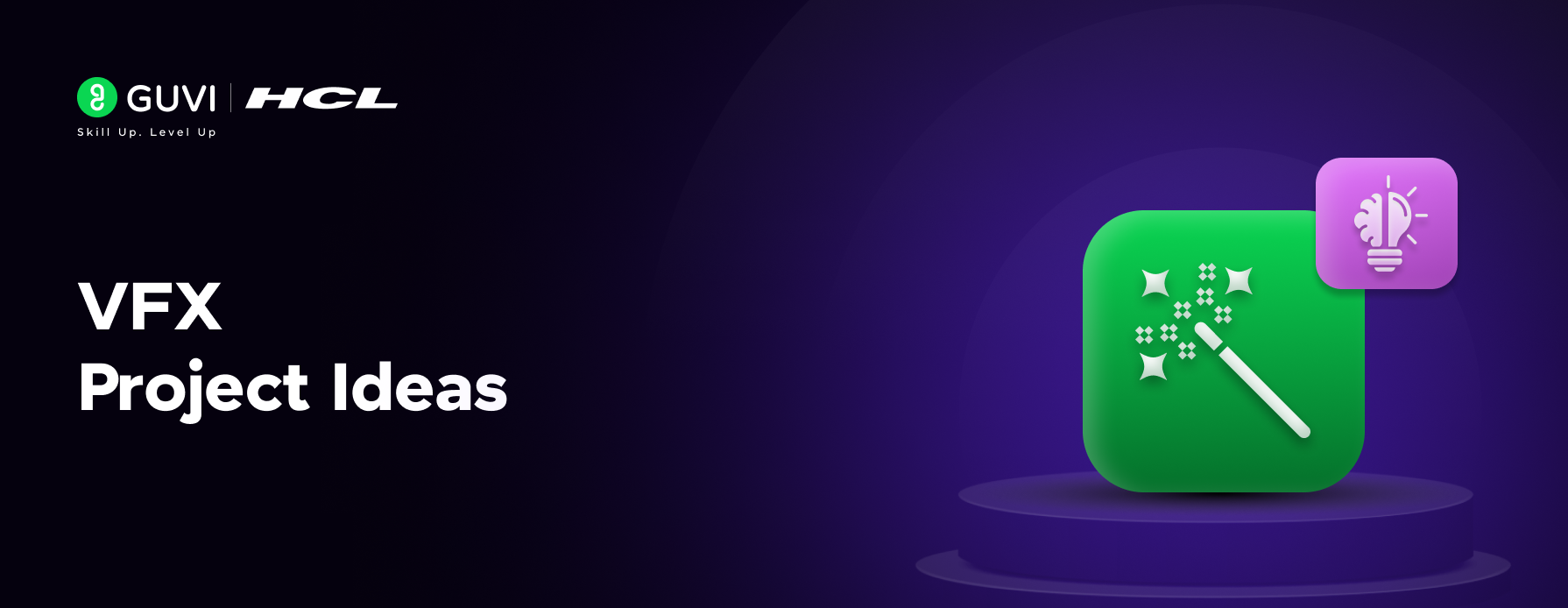
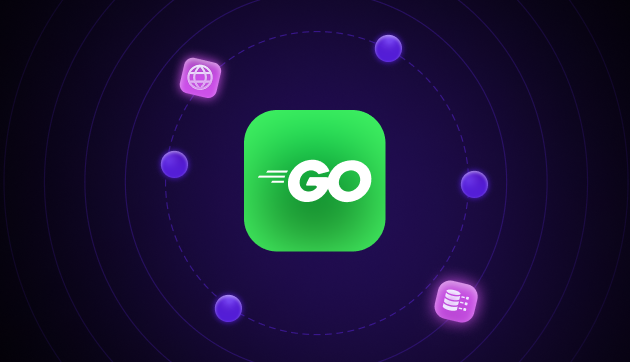

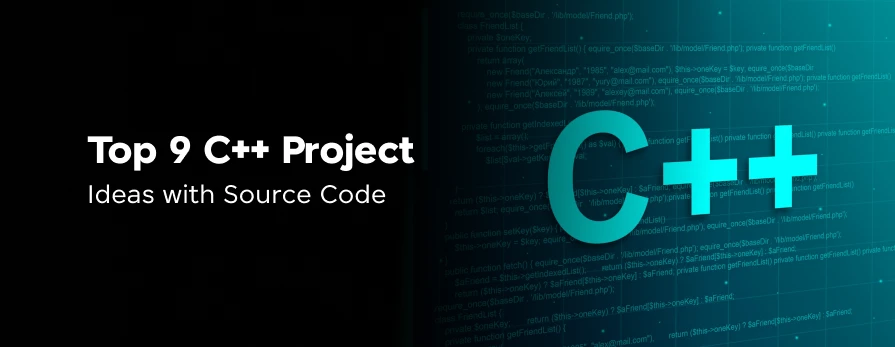
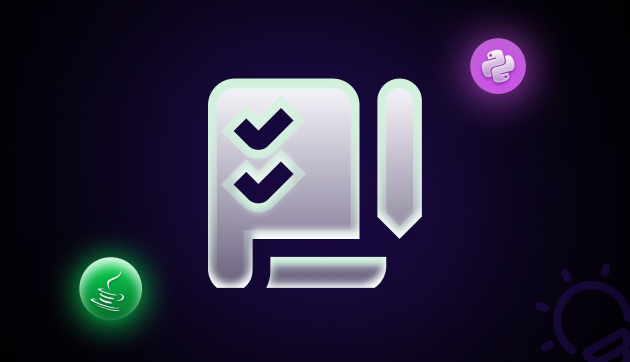
![Top 10 React Native Project Ideas [With Source Code] 18 React Native Project Ideas](https://www.guvi.in/blog/wp-content/uploads/2024/10/React_Project_Ideas.png)
![10 Unique Keras Project Ideas [With Source Code] 19 Keras Project Ideas](https://www.guvi.in/blog/wp-content/uploads/2024/10/Feature-Image.png)
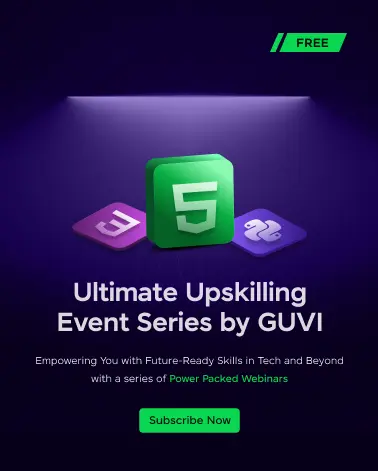
Did you enjoy this article?